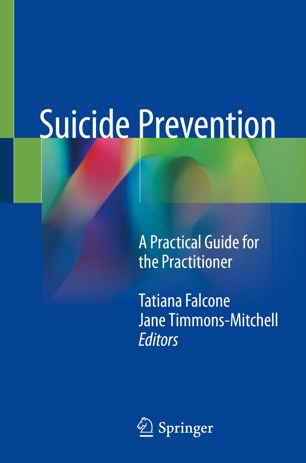

Most ebook files are in PDF format, so you can easily read them using various software such as Foxit Reader or directly on the Google Chrome browser.
Some ebook files are released by publishers in other formats such as .awz, .mobi, .epub, .fb2, etc. You may need to install specific software to read these formats on mobile/PC, such as Calibre.
Please read the tutorial at this link: https://ebookbell.com/faq
We offer FREE conversion to the popular formats you request; however, this may take some time. Therefore, right after payment, please email us, and we will try to provide the service as quickly as possible.
For some exceptional file formats or broken links (if any), please refrain from opening any disputes. Instead, email us first, and we will try to assist within a maximum of 6 hours.
EbookBell Team

0.0
0 reviewsThis volume is a guide for the hospital workforce related to suicide prevention. Written by experts in the field, this text is the only one that also includes the revised DSM-5 guidelines. It is also the first to cover both prevention in one concise guide, offering a well-rounded approach to long- and short-term prevention.
The book begins by establishing the neurobiology of suicide before discussing the populations at risk for suicide and the various environments where they may present. The book addresses the epidemiology, including groups at heightened risk; etiology, including several types of risk factors; prevention, including large-scale community-based activities; and postvention, including the few evidence-based approaches that are currently available. Unlike any other text on the market, this book does not simply focus on one particular demographic; rather, the book covers a wide range of populations and concerns, including suicide in youths, racial minorities, patients suffering from serious mental and physical illnesses, psychopharmacological treatment in special populations, and a wide array of challenging scenarios that are often not addressed in the very few up-to-date resources available.
Suicide Prevention is an outstanding resource for psychiatrists, psychologists, hospitalists, primary care doctors, nurses, social workers, and all medical professionals who may interface with suicidal patients.